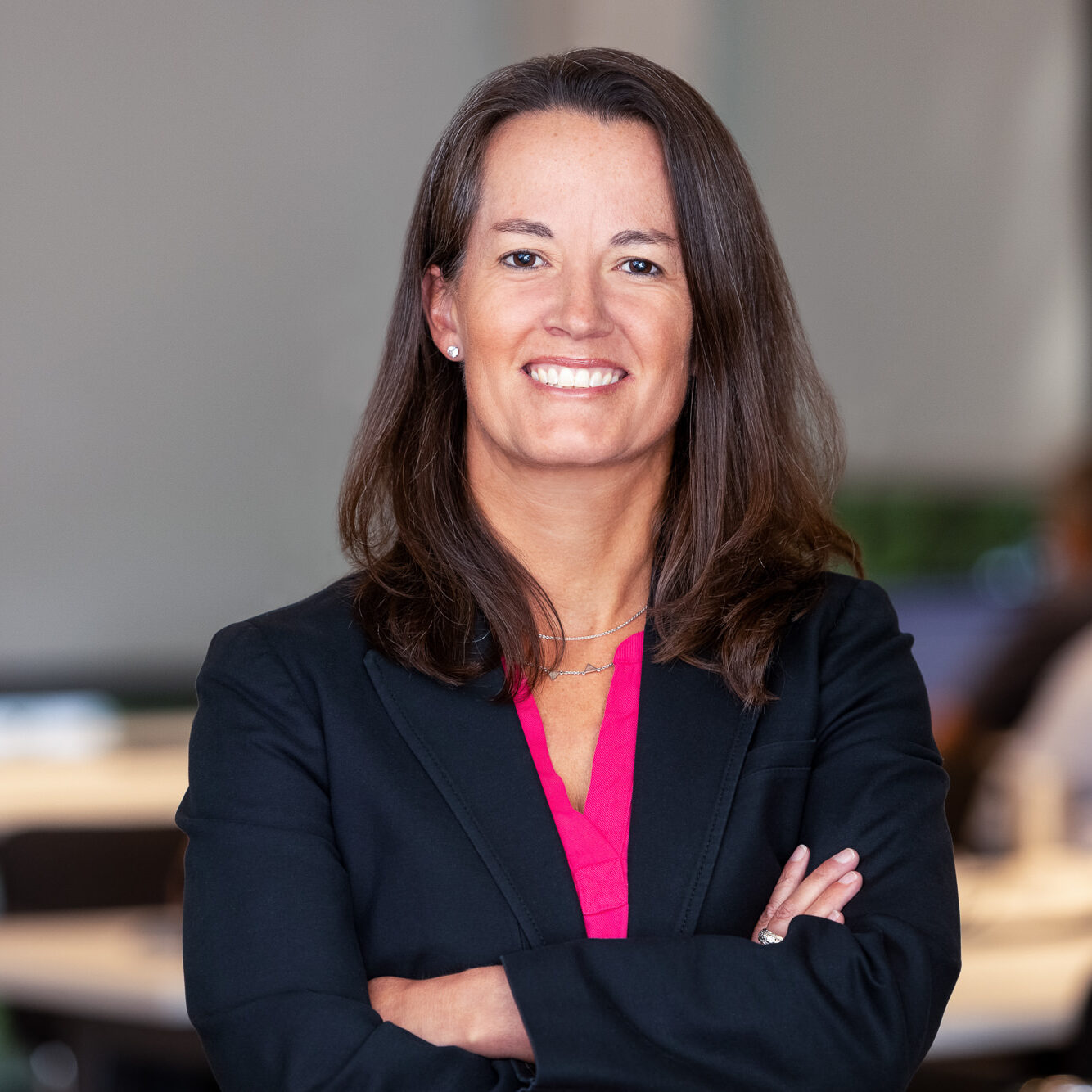The Ad Hoc Gist: A Few of Our Favorite Things in 2023
Artwork by Ashley Lemley
As 2023 comes to a close, we are yet again on track to mark the hottest year on record. But it wasn’t all bad news.
I invited some of my AHG colleagues to share their favorite climate tech achievements this year – things that may not have captured all the headlines but nonetheless demonstrate progress.
Ad Hoc is hiring for a senior associate, ideally based in Chicago or another of our hub cities: SF, DC, or NYC.
Thanks to our loyal Gist followers for reading and sharing our insights. We’ll be back in your inboxes in 2024!
- Jim Kapsis, CEO
The Ad Hoc Group
A Few of Our Favorite Things in 2023

Annie Gilleo
Principal
What happened: In September, the US Department of Energy (DOE) announced up to $35 million in competitive prize funding for carbon dioxide removal (CDR) companies to sell directly to the federal government. The CDR Purchase Pilot Prize covers a range of pathways, including direct air capture (DAC), biomass with carbon removal and storage (BiCRS), enhanced weathering, mineralization, and carbon sinks.
Why it matters: The announcement marks the first time the US government has purchased CDR credits and will serve as a precedent for future government efforts both here and abroad. As we’ve written before, we cannot achieve our climate targets without CDR and government intervention is essential to creating a scalable market.

Anjana Agarwal
Principal
What happened: Consumers Energy, a Michigan utility, committed in its Distribution Infrastructure Investment Plan to develop a wildfire mitigation plan in 2024. Similarly, in their Climate Change Resilience Plans filed in November, Orange & Rockland Utilities and ConEd noted that they had plans to complete wildfire vulnerability analyses and set up an internal wildfire review team.
Why it matters: This is evidence that wildfires are no longer just viewed as a threat by utilities in the western US; they’re becoming an everywhere issue. That said, even in the West, where catastrophic wildfires have already caused billions of dollars in damage to grids and other energy infrastructure, not every utility has a wildfire mitigation plan in place. We expect more utilities to come forward with plans, and more states to require them, as the industry transforms its thinking on the expanding scope of the threat.

Max Tuttman
Principal
What happened: This year, thermal storage emerged as a leading solution to decarbonize industrial heating. “Heat batteries,” like those made by Rondo Energy, convert intermittent electricity into high temperature heat, store that heat in cheap materials (e.g. bricks), and then discharge thermal energy on demand to provide heat to industrial processes and power generation facilities. A handful of other startups contributed to the progress on heat batteries this year, such as Antora Energy, Brenmiller, and Electrified Thermal Solutions.
Why it matters: 21% of all global carbon emissions result from the generation of heat for industrial processes. Thermal batteries, with their ability to provide high-temperature heat, can address 95% of all industrial heat applications, including in traditional “hard to abate” sectors like steel and cement.

Julia Hamm
Senior Advisor
What happened: Rideshare and rental car companies began going electric in earnest. New York City passed a rule requiring all rideshare vehicles to be zero-emission by 2030. Ford launched a collaboration with Uber, offering a new lease option for rideshare drivers looking for electric vehicles. And Hertz announced that 11% of its rental fleet is now electric. The company plans for that to increase to 25% by the end of next year, though they’ve encountered some implementation challenges that may slow their progress.
Why it matters: Cities and companies committing to EVs for rideshare and rental cars can make a major difference in reducing emissions. An even greater value, however, is the fact that it exposes more consumers to the EV experience, which should lead to increased comfort with the technology and thus increased demand.

James Schulte
Partner
What happened: Several major utilities have now created or restructured leadership positions to achieve ambitious net-zero emissions goals. Dual-fuel utilities, like Puget Sound Energy and Xcel Energy, began integrating gas and electric planning and operations. Electric-only utilities, like AES and ComEd, brought customer programs together with grid investments and strategy.
Why it matters: Historically, utilities have had a siloed approach to planning, which meant no one executive had the full picture. Under traditional planning methods, a utility could build a power plant or invest in gas pipes today, only to leave customers with stranded costs and unnecessary infrastructure. More integrated planning that accounts for evolving customer preferences and technologies should mean better decisions that will drive emissions and costs down faster.
News from Our Network
From our clients:
Shayle Kann interviews Nick Wooley of ev.energy on EV charging on both sides of the pond.
Rhizome is featured in MIT Tech Review as one of the ways AI is making the power grid faster and more resilient.
Nora Cohen Brown of Charm Industrial talks to Reuters about why investors are excited about biochar and how Charm is scaling to meet demand.
PG&E is deploying Infravision’s drones to inspect lines and equipment including to help spot methane leaks.
Sonia Kastner of Pano AI was named to BBC’s 100 women of 2023 for her work on wildfire detection tech.
KrakenFlex won the S&P Global Platts Grid Edge Award.
PG&E’s remote microgrid with BoxPower delivers wildfire safety and ratepayer savings.
From friends and colleagues:
Vox featured Jane Flegal of Frontier as part of their future Perfect 50, celebrating her work to fight climate change.
Congruent Ventures raised a new $275 million fund focused on climate tech.
NPR featured Ebb Carbon’s work to remove carbon from the ocean and reverse ocean acidification.
LevelTen added $10 million to its Series C led by NGP Energy Capital.
Jobs in our network:
Send us your job openings in cleantech policy, startups, and utilities, and we'll put them in next month's Gist.
Infravision: SVP of Global Sales & Marketing
ev.energy: Senior Sales Director
Impulse: FP&A Manager
BoxPower: Senior Product Manager
Charm Industrial: Chief of Staff
Pano AI: Enterprise Account Executive
SWTCH: Policy Manager, Western US
Uplight: Senior Market Development Manager
VEIR: Head of People & Culture
Earth Advisors: Program Director – Artificial Intelligence
Energy Impact Partners: Analyst/ Associate, Research & Innovation
Rewiring America: Head of Policy

